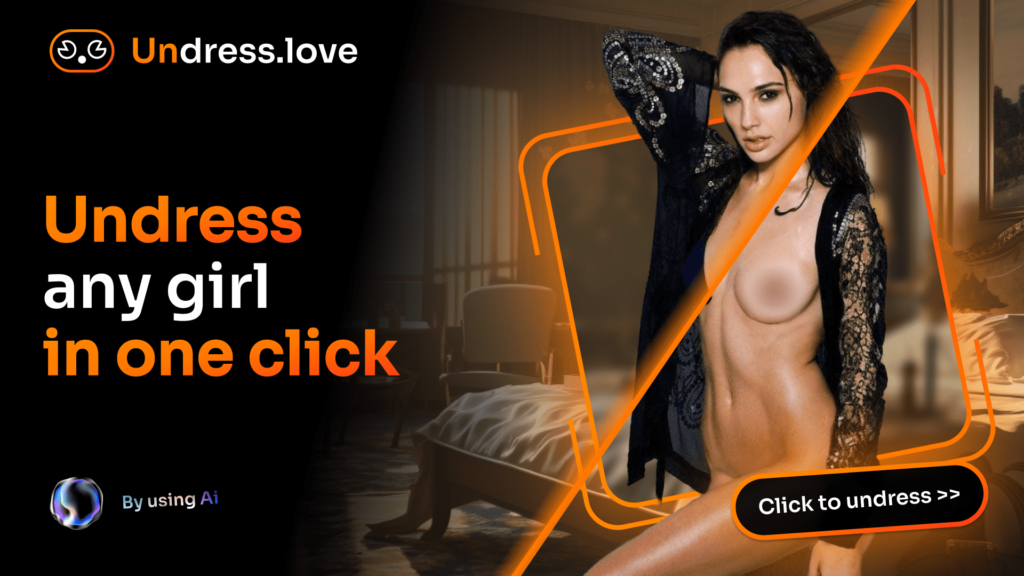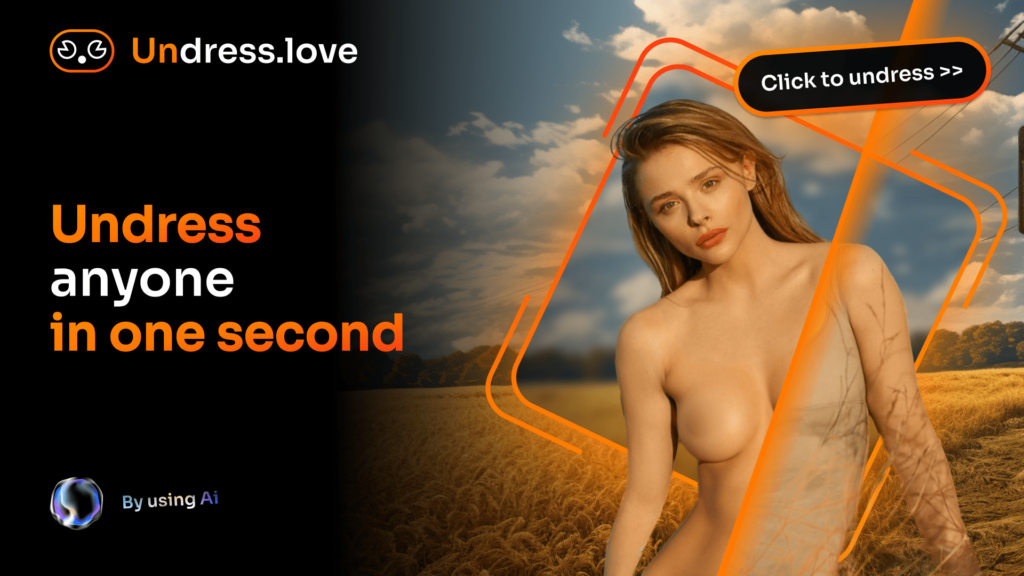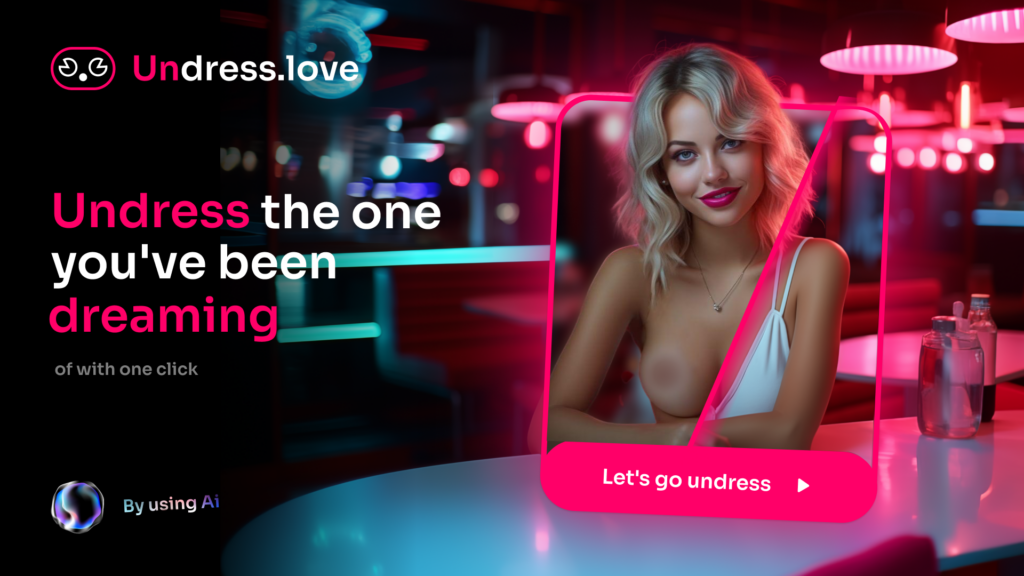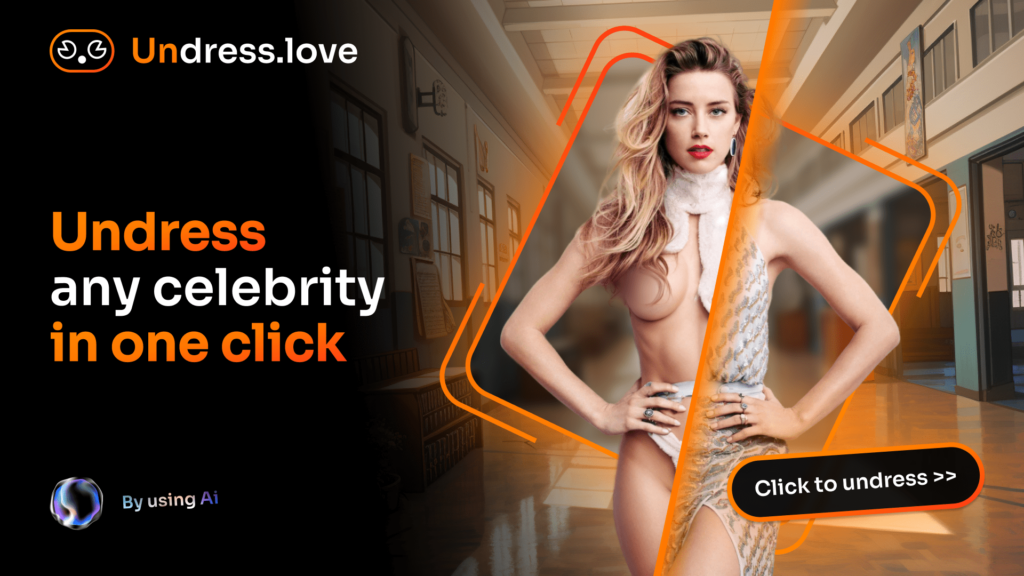
In a world where technology’s reach into our lives deepens by the day, a new debate has emerged, stirring both fascination and concern. Imagine a tool that, with a few clicks, can peel away the layers of clothing from a photograph, leaving behind a simulated nude image. This is the reality of Undress AI, a technology that has sparked a firestorm of controversy.
As I delve into this topic, I’m struck by the sheer complexity of the emotions and ethical dilemmas it evokes. It’s a technological marvel, no doubt, but it’s also a Pandora’s box of ethical and privacy concerns that we can’t ignore. How do we reconcile the potential for artistic and educational use with the dark reality of privacy invasion and the potential for harm? This is the question that haunts the conversation around Undress AI, and it’s a conversation we need to have, now more than ever.
Let’s take a deeper look at the Undress AI Controversy!
Rising Popularity and Capabilities of Undress AI Tools
The rise and capabilities of AI tools that can digitally undress images are gaining unprecedented traction. These tools, often referred to as ‘Undress AI’, use advanced deep learning algorithms to manipulate images, creating a version without clothes. The popularity of these tools has soared, with a staggering increase in social media referrals and millions of unique visits to related websites.
However, this trend raises significant ethical and privacy concerns, as these tools can be misused, leading to non-consensual image manipulation. As these tools become more accessible, the need for stronger regulations and ethical guidelines becomes more pressing.
The Ethical Risks of Undress AI
A controversial new application of AI is software that can digitally undress people in images without consent. This technology raises serious ethical concerns around privacy violations and promoting the nonconsensual spread of intimate images.
Though the creators of “Undress AI” claim it has artistic purposes, many critics argue that it enables troubling use cases like fake nonconsensual porn. The software allows users to easily generate explicit images of people without permission, which could enable harassment or blackmail.
Additionally, the development of this technology relied on training the AI on large datasets of private images scraped from the internet without consent. This mass collection and use of intimate images for commercial purposes presents ethical issues around consent and privacy.
As AI capabilities advance, developers and companies have a responsibility to consider the ethical implications. In the case of nonconsensual and invasive technologies like Undress AI, many advocates argue that the potential for harm outweighs any benefits. More transparency, oversight, and accountability measures are needed to ensure AI is developed safely, ethically and aligned with human values.
Undress AI Legal and Social Ramifications
- The use of such technology is not only a violation of privacy but also raises questions about consent. The creation and distribution of these images often occur without the knowledge or approval of the individuals depicted.
- Legal frameworks are struggling to keep pace with these developments. While laws exist to protect minors from such exploitation, the legal protections for adults are less robust. In many jurisdictions, the creation of a sexual pseudo-image of a person over the age of 18 is not in itself illegal.
- The misuse of these AI tools can lead to personal humiliation and even political sabotage. The ramifications are vast and can have profound societal impacts.
- The ethical implications of using AI to undress images without consent are significant. It’s not just about the technology’s capabilities, but also about the moral and ethical considerations that come with its use.
- The privacy paradox with AI represents one of the most significant challenges of our time. AI’s remarkable capacity to analyze data and make complex analyses amplifies privacy concerns.
- The dialogue on AI’s impact on data privacy is ongoing and complex, necessitating sustained engagement from policymakers, technology developers, and the public.
- While Undress AI operates as a legal adult AI tool, its use demands a high degree of responsibility and ethical consideration. Users must be acutely aware of the potential risks and consequences and ensure they approach the technology with respect and consent.
- The development of AI technology brings with it a significant risk of the assumptions and biases of its creators being embedded within it. Unintended consequences caused by biases and opaque results from using neural networks pose significant ethical and legal challenges.The development of AI technology brings with it a significant risk of the assumptions and biases of its creators being embedded within it. Unintended consequences caused by biases and opaque results from using neural networks pose significant ethical and legal challenges.
- The ethical and legal ramifications are substantial, given that these manipulated images are often sourced from social media platforms and distributed without the consent of the individuals depicted.
Public Opinion and Debate about Undress AI
Public opinion is sharply divided on the use of AI-powered tools that digitally undress individuals in photos, a practice that has seen a surge in popularity and sparked intense debate. These tools, often marketed with provocative slogans like “Undress Any Girl You Want,” have raised serious concerns about privacy, consent, and the potential for abuse.
The technology, which manipulates images to create non-consensual intimate imagery (NCII), has been used for malicious purposes, including sextortion and the creation of fake nude images of minors. The ethical implications are profound, as these apps challenge the very notions of personal autonomy and dignity.
Despite the controversy, the industry has grown, with referral links on platforms like Reddit increasing by over 2400% in the past year. This trend underscores the urgent need for a responsible approach to AI innovation that respects human rights and privacy.
Steps to Protect Privacy when using Undress AI
Here are some tips for protecting privacy when using Undress AI:
Use a VPN
A VPN encrypts your internet connection to hide your IP address. This prevents tracking of your online activity when using Undress AI. Choose a reputable paid VPN that does not log user data.
Review Privacy Settings
Carefully review the privacy policy and terms of service for Undress AI before using it. Understand how your images and data will be collected, used, stored and shared.
Selective Image Sharing
Only share images you own or have explicit consent to use. Avoid uploading sensitive images of others without permission.
Use Anonymous Accounts
Create and use an anonymous account not tied to your identity when using Undress AI. Avoid linking personal profiles.
Secure Devices
Use antivirus software and firewalls to secure devices used to access Undress AI. Keep software updated. Use device encryption if possible.
Delete Results
Responsibly delete any images produced by Undress AI. Do not share or distribute without consent.
Stay Informed
Keep updated on privacy policies and be aware of any changes that may impact data use or sharing.In summary, prioritize consent, security, responsible use and informed caution when using AI tools like Undress to mitigate privacy risks.
The Role of Social Media and Advertising
In today’s digital era, social media plays a pivotal role in shaping the advertising landscape. With platforms like Facebook, Instagram, and Twitter at the forefront, businesses have unparalleled opportunities to reach their target audience through precise and personalized ad campaigns.
The integration of Artificial Intelligence (AI) has further revolutionized this domain, enabling more efficient and targeted advertising strategies. AI algorithms analyze vast amounts of user data to identify potential customers, optimize ad performance, and ensure that marketing budgets are utilized effectively. This synergy between social media and AI not only enhances brand visibility but also drives engagement and conversions, offering a significant return on investment for advertisers.
Top FAQs on the Controversy Undress AI Controversy
1. What is Undress AI and how does it work?
2. What are the main concerns surrounding Undress AI?
3. Is Undress AI legal?
4. How widespread is the use of Undress AI?
5. Could Undress AI images spread without my consent?
6. Does Undress AI permanently store images?
7. Can Undress AI be used ethically?
8. How can I have Undress AI images removed?
9. What security steps can I take?
10. Will regulations or laws change around Undress AI?
Final Words
The emergence of Undress AI poses critical ethical dilemmas. While the technology may seem intriguing, its potential for nonconsensual exploitation and privacy violations is incredibly disturbing. As users, we must consider the moral implications and real-world harm AI-generated synthetic media can inflict. Companies behind these tools must prioritize consent and human rights in development.
Looking ahead, society desperately needs reasonable guardrails and standards established for AI. We should pursue innovation, but not at the cost of individual dignity. If misused, Undress AI may undermine privacy, trust, and progress.
The path forward requires collective responsibility – from developers, lawmakers, and everyday users alike – to ensure technology uplifts rather than violates people. Our shared human values must guide the AI systems shaping the future.






Leave a Reply